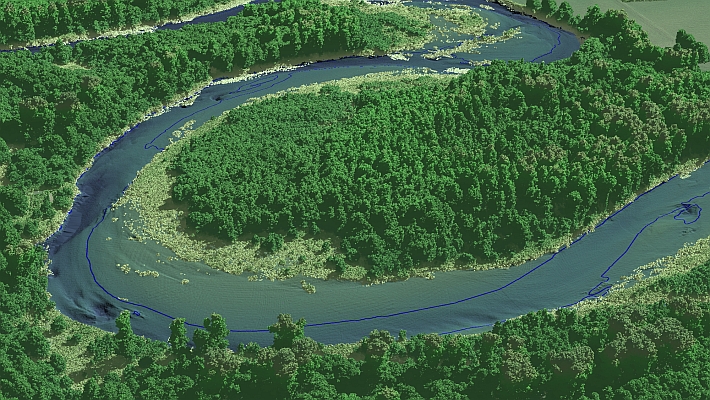Airline industry leaders stressed the importance of Global Positioning System satellites in the Federal Aviation Administration’s plan for revamping and expanding the United States’ antiquated air traffic control system at an industry roundtable in Washington June 12.
FAA’s new program will rely on Automatic Dependent Surveillance-Broadcast (ADS-B), which uses transponders aboard planes and GPS satellites to determine aircraft position with much greater accuracy. Raytheon is leading one of three teams FAA has chosen as finalists to implement the ground infrastructure for an air traffic surveillance system that will replace the current radar-based system.
In 2005, FAA committed to using ADS-B as the backbone of its Next Generation Air Transportation System. The agency says the system will cost $15 billion to $22 billion by the time it is fully completed by 2025. FAA has budgeted $80 million this year for ADS-B and another $85 million in fiscal 2008.
FAA has started using a system based on ADS-B along the Eastern Seaboard and has conducted operational evaluations in Alaska and the Ohio Valley. Experts say ADS-B will let pilots and air traffic controllers determine an aircraft’s position with respect to other planes and geographic features with far greater accuracy.
The other two finalist teams are ITT and Lockheed Martin. Lockheed Martin, which has already participated in successful ADS-B projects with the FAA, includes Harris, Honeywell International and Sensis in its proposal. Thales, a member of ITT’s team, has successfully implemented ADS-B technology for Australia, France and Eurocontrol. The Raytheon-led team’s plan includes XM Satellite Radio and Verizon’s commercial-communication systems, to minimize costs and provide adverse-weather updates for pilots.
Experts say the ADS-B technology will enhance a pilot’s situational awareness, increase safety, improve navigation and boost capacity. FAA is expected to announce the winner of the ADS-B contract late this summer.
Source: FCW






